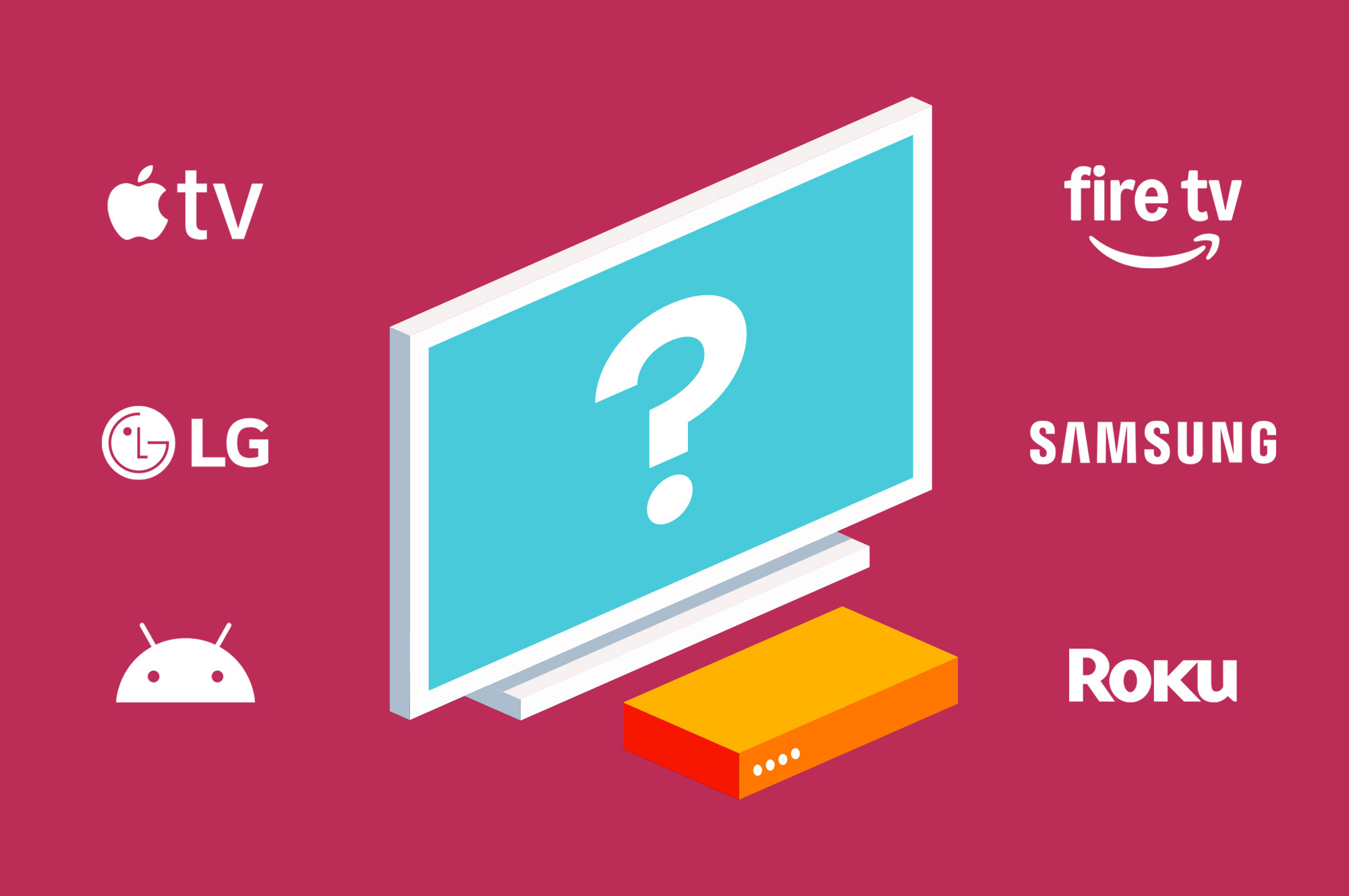Video Streaming
Navigating the platform maze.
September 15, 2025

Exploring why certification testing is essential for TV and STB apps.
In the fast-evolving world of TV and set-top box (STB) application development, navigating the maze of platform-specific certification requirements is vital. Certification refers to the rules, guidelines, and technical criteria that apps must meet to be approved and distributed via platform ecosystems such as Apple TV (tvOS App Store), Roku, Fire TV, Android TV (Google Play), LG (webOS), Samsung (Tizen), and others. These frameworks ensure the app’s compatibility, performance, security, and a seamless user experience across diverse hardware and UI variations.
Certification checks are typically conducted at key moments in the development lifecycle:
- Before the first release to gain platform store approval.
- With major updates when new UI/UX patterns or APIs are introduced.
- When platform policies evolve, such as changes to accessibility or DRM rules.
Proactively meeting these requirements through early compliance testing avoids last-minute show-stoppers that can derail release schedules and cause significant business losses.
The strategic benefits of proactive compliance
Integrating compliance testing into your workflow is not an obstacle; it’s a strategic move that delivers tangible benefits for your business and development team.
- Saves time and resources: Compliance testing uncovers blocking issues early in the development cycle, which are significantly cheaper to fix than discovering them right before or during a submission. This proactive approach helps avoid costly rework and the need for expensive, expedited review requests.
- Ensures a predictable release timeline: Last-minute rejections by platform review teams can cause weeks-long delays, impacting marketing plans, launch events, and user expectations. By identifying compliance issues upfront, you reduce the risk of submission failures, enabling more reliable release planning.
- Reduces technical debt: High-quality, compliant code helps avoid technical debt. By clearly defining and testing certification requirements from the design phase, you can architect the app correctly from the start instead of trying to shoehorn in compliance changes later, when it’s much harder to do so.
- Enhances user satisfaction and brand reputation: Adherence to platform UX and performance standards directly translates to a better user experience. An app that is fast, stable, and easy to navigate builds trust and loyalty, reinforcing a positive brand image.
- Optimizes team resources: When development and QA teams spend less time firefighting critical rejection issues, they can dedicate more time to innovating and building new features, boosting team morale and productivity.

When certification applies: A Look at real-world scenarios
The core of certification lies in platform-specific technical requirements. Failing to test these early can lead to app rejections or even removal from the platform.
- Apple TV (tvOS): Requires precise button focus states for remote navigation, robust auto-layout support for differing screen sizes, and strict App Store receipt validation for in-app purchases.
- Roku: Demands correct remote-key mapping, compliance with Deep Linking for content discovery, and adherence to Channel Store metadata standards to ensure a professional app listing.
- Fire TV: Enforces strict Remote Control Navigation rules and requires correct use of the “Leanback” UI/UX principles for an optimal 10-foot viewing experience.
- Android TV: Mandates Leanback UI support, consistent D-pad navigation, and compatibility with “Home Screen Channels” for content discoverability on the main screen.
- LG webOS & Samsung Tizen: These smart TV platforms impose their own unique requirements, including strict application lifecycle behavior, memory limits, and compliant remote and pointer input handling (for LG’s Magic Remote).
Our recommendations
In TV and STB app development, compliance and certification testing are not optional bureaucratic hurdles but strategic imperatives. They are the keys to a successful launch and sustainable growth in a competitive market.
By embedding compliance testing early in your development process, you:
- Enable better app design and more accurate release planning.
- Dramatically reduce technical debt and unpredictability tied to platform rejections.
- Allow for smoother, brake-free release cycles, saving both time and resources.
Some of the best practices we have found useful, in our experience:
- Embed compliance in your workflow: Avoid treating compliance as a final, last-minute check. By integrating platform requirements into every stage, from initial design to active development, you make it a seamless part of the entire team’s workflow.
- Maintain Dedicated Test Suites: Regularly review platform certification requirements as they evolve and maintain dedicated test suites to ensure your app remains compliant with the latest guidelines.
- Automate compliance checks: While not all platform requirements can be automated, a good practice is to integrate platform certification checklists into your CI/CD pipeline as automated tests to validate compliance where possible. This ensures that platform issues are caught as soon as new changes are introduced, providing immediate feedback and preventing faulty code from progressing through the development cycle.
By doing so, you empower your team to release high-quality, compliant applications reliably and efficiently, turning certification from a gatekeeper into a launchpad for innovation.
Stay tuned for more articles about our experience helping clients ensure application compliance with TV and STB platform requirements.



